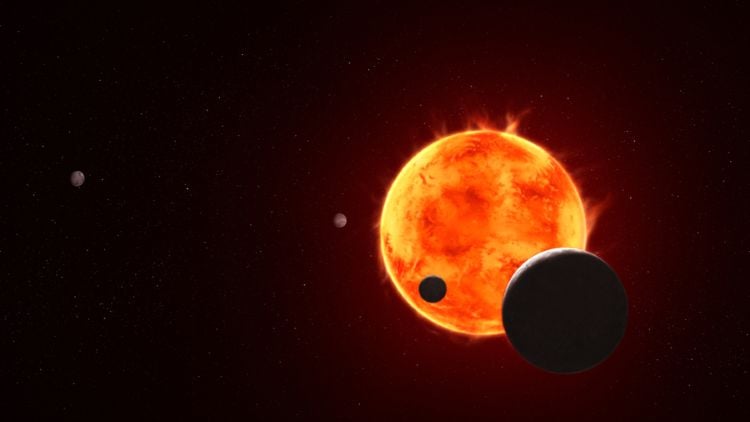Could scientists find life in the clouds of exoplanet atmospheres? This is what a recently submitted manuscript hopes to address as a team of researchers investigated how the biosignatures of microbes could be identified in exoplanet atmospheres and clouds. This study has the potential to help scientists develop new methods for finding life on exoplanets, either as we know it or even as we don’t know it.
For the study, the researchers conducted a series of laboratory experiments involving seven aerial microbial strains obtained from Earth’s atmosphere. This includes strains related to Modestobacter versicolor*, Roseomonas vinacea*, Micrococcus luteus*, Massilia niabensis*, and Noviherbaspirillum soli*, while also including the species Curtobacterium aetherium* and *Curtobacterium oceanosedimentum*.
The researchers used spectroscopy to analyze the light reflected (also called spectral features) by the samples with the goal of ascertaining if the spectral features of the samples could be used to identify biosignatures in exoplanet atmospheres. In the end, the researchers found that each sample exhibited their own distinct biosignatures that could be used to identify them within the clouds and atmospheres of exoplanets.
The study concludes, “Here, we present an additional path for searching for life on Earth-like exoplanets: the search for biopigments as signs of life in clouds. The first reflectance spectra of aerial life demonstrate UV-protective biopigment signatures, offering a critical spectral reference to guide the detection and interpretation of potential biosignatures in the reflected light of Earth-like exoplanets during upcoming missions. This work paves the way for a third paradigm in the search for life on exoplanets, recognizing clouds as surfaces for observable life-supporting ecosystems on Earth-like exoplanets.”
The researchers allude to several motivations for this study, including a 1976 study by American astronomer, Dr. Carl Sagan, and Australian-American astrophysicist, Dr. Ed Salpeter, regarding the potential for life in the clouds of Jupiter. After conducting a series of mathematical equations and cloud models, they proposed the existence of four types of organisms within Jupiter’s atmosphere: “Sinkers”, “Floaters”, “Hunters”, and “Scavengers”, all of which were hypothesized to reside within specific ecological environments within Jupiter’s atmosphere.
Another motivation the study mentions is the Habitable Worlds Observatory (HWO), which is a planned space telescope for launch some time in the 2040s. The primary goal of HWO will be to use spectroscopy to observe and analyze 25 habitable exoplanets for biosignatures. It is for this reason the study suggested whether these biosignatures could potentially be detected by HWO. Along with exoplanets, HWO will also analyze galaxy growth, star formation and evolution, and solar system objects.
NASA’s James Webb Space Telescope (JWST) has used spectroscopy to observe several exoplanet atmospheres, including WASP-39 b and WASP-17 b, which are located approximately 700 and 1,324 light-years from Earth, respectively. For WASP-39 b, JWST detected water, carbon dioxide, and carbon monoxide within the exoplanet’s atmosphere, while WASP-17 b was found to have quartz particles in the high altitudes of its atmosphere. JWST recently published two papers in The Astrophysical Journal letters observing the atmosphere of TRAPPIST-1 e, which is an Earth-sized exoplanet orbiting in the habitable zone of its host star. The results from both studies did not produce definitive results regarding an atmosphere existing around TRAPPIST-1 e, and emphasized future research could help assist in confirming the existence of an atmosphere.
The TRAPPIST-1 system is located approximately 41 light-years from Earth and hosts seven known Earth-sized worlds, three of which orbit within the star’s habitable zone. Despite this, it is hypothesized that all seven planets are tidally locked to their host star, meaning that one side constantly faces their star, just like how the Earth’s Moon is tidally locked to Earth with one side constantly facing our planet.
What new insights into finding life in exoplanet atmospheres and clouds will researchers make in the coming years and decades? Only time will tell, and this is why we science!
As always, keep doing science & keep looking up!

